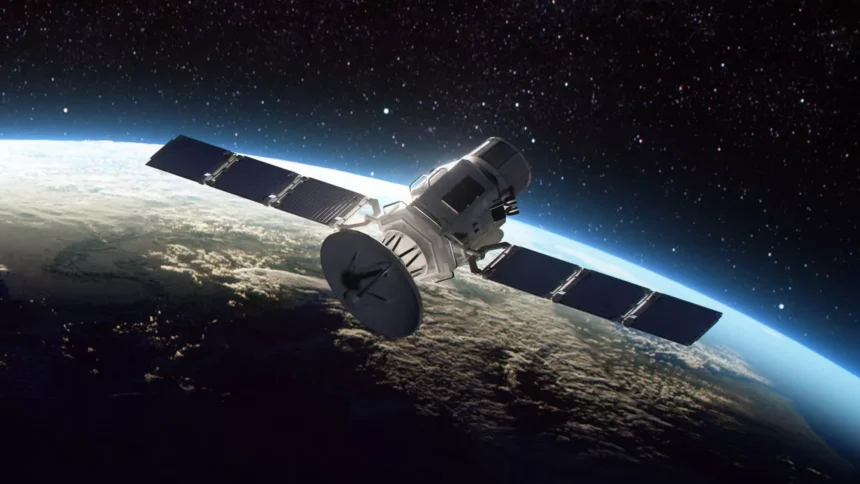Recent developments in mobile satellite technology are redefining telecommunications as major players, Globalstar and SpaceX, are making significant strides. These advancements promise to enhance connectivity and service quality for mobile users worldwide, particularly in remote areas where traditional ground-based networks fall short.
What’s Happening & Why This Matters
Globalstar’s New Satellites for iPhones
Globalstar, a key partner of Apple, has received partial approval from the Federal Communications Commission (FCC) to launch 26 new satellites aimed at improving its mobile phone network. This upgrade is expected to boost the performance and coverage of Globalstar’s satellite services, including the “Direct to Device” features that power emergency services on Apple iPhones. The FCC’s authorization allows Globalstar to deploy up to 17 replacement satellites immediately, with the remaining 9 awaiting further approval based on an updated orbital debris mitigation plan.
This enhancement will refresh Globalstar’s existing first-generation low-Earth orbit satellites, which hover at an altitude of 1,414 kilometers. The new satellites are anticipated to provide better service for over 760,000 existing customers, with millions more potentially benefiting from improved emergency services and satellite connectivity for sending iMessages, especially in areas lacking ground-based coverage.
SpaceX’s Starlink Upgrades
SpaceX has also received FCC approval to begin upgrading its first-generation Starlink constellation with more advanced second-generation satellites. These new satellites will feature improved beam-forming and digital processing technologies, offering narrower and more targeted coverage areas. This upgrade aims to enhance broadband service quality, particularly in underserved and polar regions.
Despite objections from Dish Network regarding potential radio interference, the FCC concluded that SpaceX’s use of smaller beams would not violate any regulations. SpaceX plans to replace the older satellites gradually, only as they reach the end of their operational life, ensuring a seamless transition to the new technology.
TF Summary: What’s Next
The advancements by Globalstar and SpaceX mark a critical step in mobile satellite technology. As these companies continue to upgrade and expand their networks, users can expect more reliable and robust satellite-based services. This will be especially impactful for those in remote or underserved areas, where traditional communication networks are often unreliable. As these technologies roll out, they will establish new benchmarks for mobile connectivity, influencing future developments in the satellite communications industry.
— Text-to-Speech (TTS) provided by gspeech


